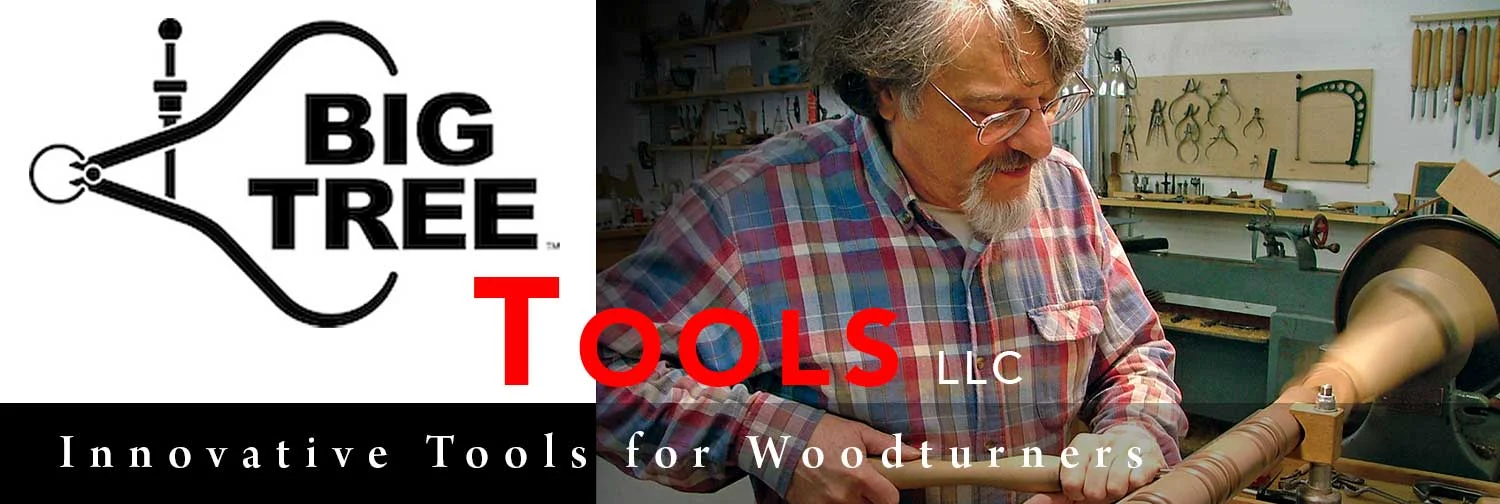Nine Things I Wish Somone Had Told Me
“I wish my seventh grade shop teacher had said to me, ‘I’m teaching you the scraping method because you’re a beginner, but someday when you get serious about woodturning you’ll learn the cutting method.’ If he had done so, I would have realized from the start that he was sending me down the wrong path.”







